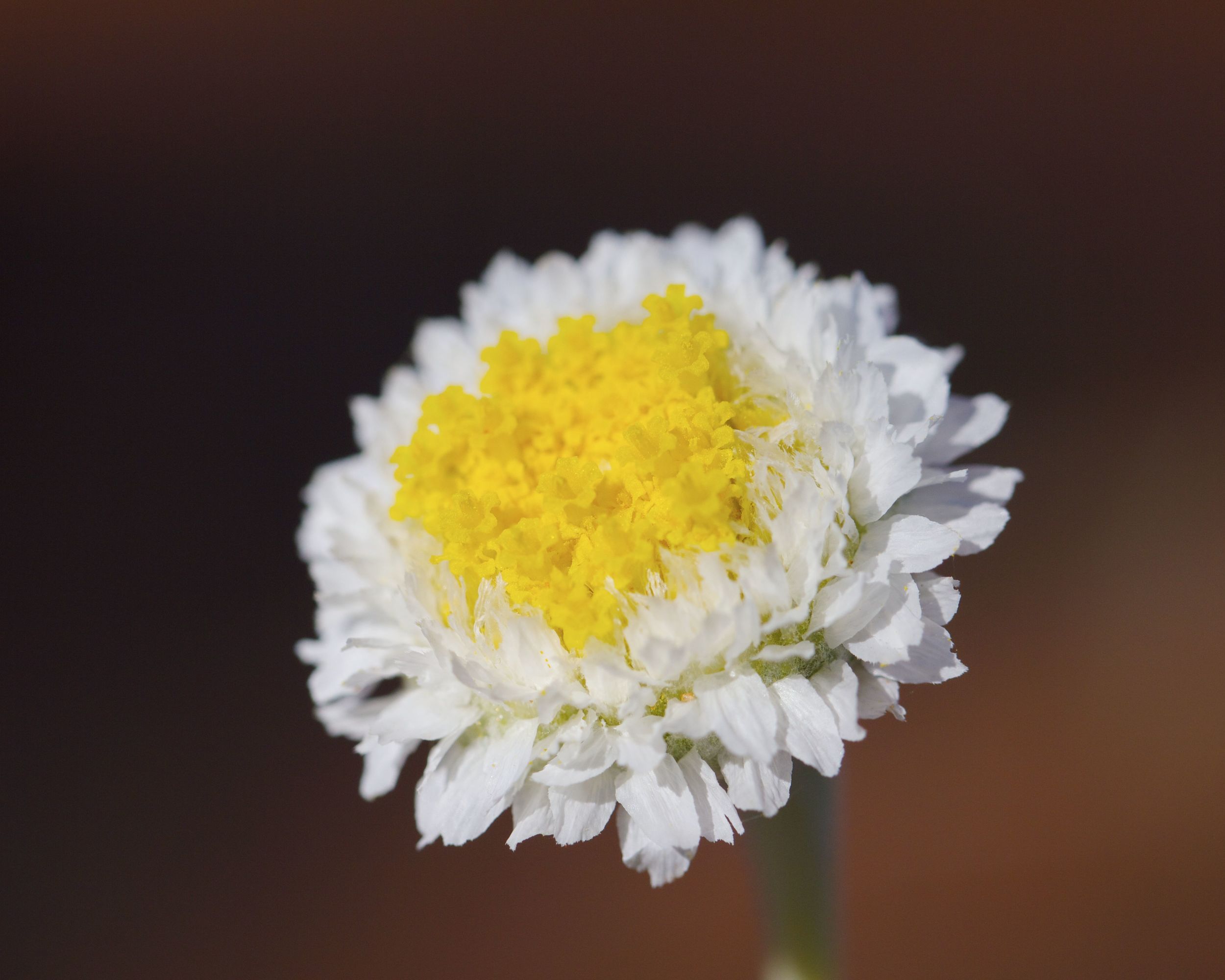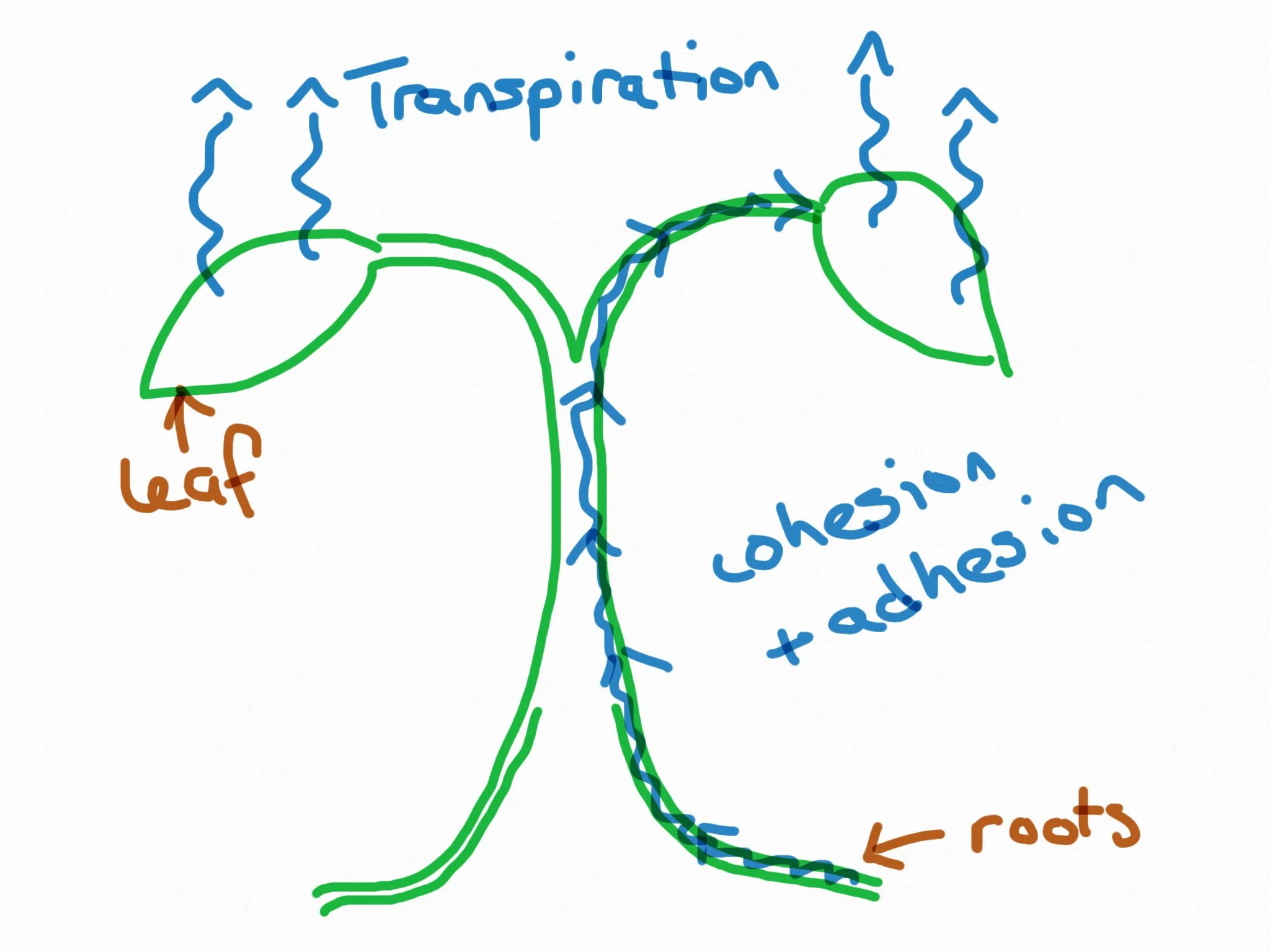Vascular plants
/Q: What is an easy way to remember the two tube systems in a plant?
Unit 1, Areas of Study 2, Outcome 2
Specialisation and organisation of plant cells into tissues for specific functions in vascular plants, including intake, movement and loss of water
The short answer:
The network of tubes in vascular plants is simply called vascular tissue. Vascular tissue is made up of two different types of tubes.
Xylem (pronounced ‘zai-lum’)
The xylem carry water up to the leaves from the roots.
I remember it as ‘X’, for xylem, is at the bottom of the alphabet. So, the xylem starts at the bottom of the plant in the roots. ‘W’, for water, is right near ‘X’ in the alphabet, so the xylem carries water.
Phloem (pronounced ‘flow-um’)
The phloem carry glucose and other nutrients around the plant.
I remember that that glucose is predominantly produced in the leaves (by photosynthesis) and ‘flows’ down from the leaves around the plant.
Some more info about vascular tissue in plants
The Amoeba Sisters do a great overview of plant diversity and specialised structures, including the xylem and phloem. Check out their video, ‘Plants: Diversity, Structure, & Adaptations’, and watch from about 0:55-2:00 mins for the bit about xylem and phloem (although the whole video is pretty cool).
Xylem
Xylem are made up of dead cells joined together to form a ‘straw’ to suck up water from the roots. Xylem cell do not have cytoplasm or nuclei because they are dead! The xylem cells did have those things when the cell was first differentiating. But once they mature, the cell dies and leaves behind just the tough cell walls, which are reinforced with a complex polymer called lignin.
Cohesion between water molecules and the surface of a glass (or xylem tube) allows the water molecules to creep up the wall of the container.
Water moves up the xylem by a process called the transpiration stream. Water molecules are sticky. They like to stick to surfaces, such as the cell walls of xylem tubes (adhesion - water sticking to something different). Adhesion allows water molecules to climb up a surface a little way. This is what forms the meniscus in a glass of water.
Water molecules also like to stick to each other (cohesion). You can think of water molecules in the xylem like a string of beads in a tube. As water evaporates out of the leaves, in a process called transpiration, it pulls the string of water molecules through the xylem a little, pulling water up from the roots.
As water transpires out of the leaves, Cohesion between the water molecules and the xylem, and adhesion between the different water molecules pu;lls the water molecules up the xylem.
Phloem
Photosynthesis mostly happens in the leaves. It produces glucose, which all plant cells need for energy (respiration). The phloem transports the glucose and other organic molecules around the plant. The process of moving phloem sap (the dissolved glucose and other goodies) around the plant is called the translocation of sugars.
Phloem is made up of fours types of cells:
Sieve tubes (pronounced ‘siv’) are living cells, but have no nuclei. they are long cylinders with holes at the ends, which are called sieve plates.
Companion cells have nuclei and very thin cell walls, so they can pass metabolic products to the sieve cells (which can’t make anything for themselves).
Parenchyma cells (pronounced ‘par-en-kai-ma’) have different functions depending on where in the plant they are located.
Sclerenchyma cells (pronounced ‘sklare-en-kai-ma’) provide strength and structural support to the phloem because they have very thick cell walls that are reinforced with lignin.


